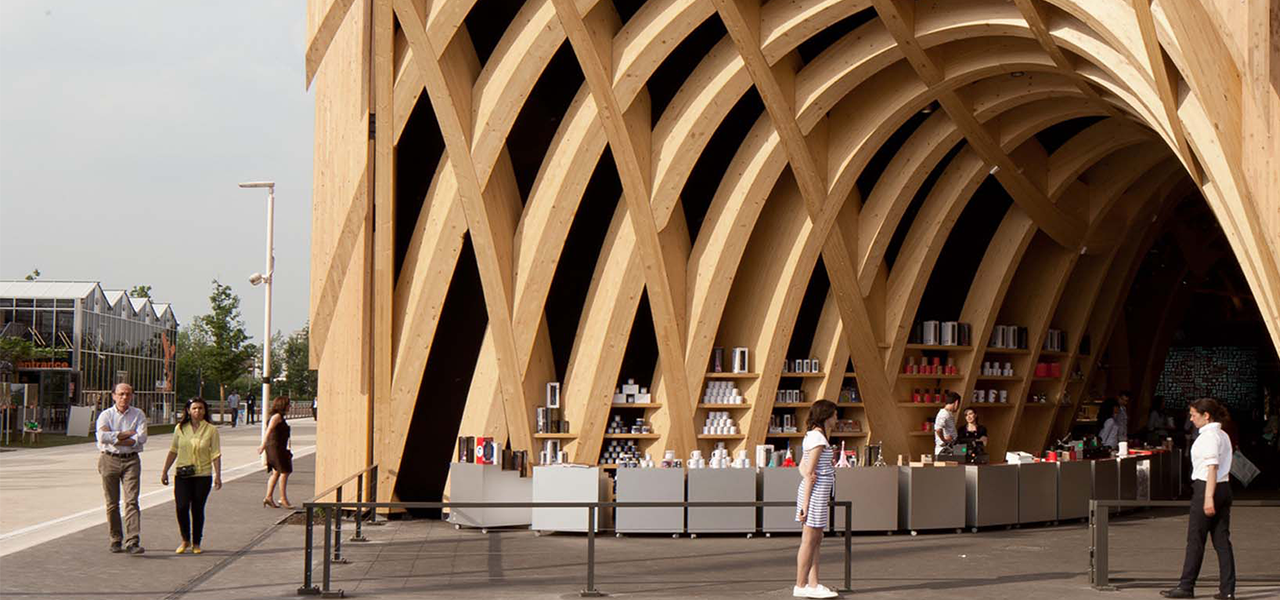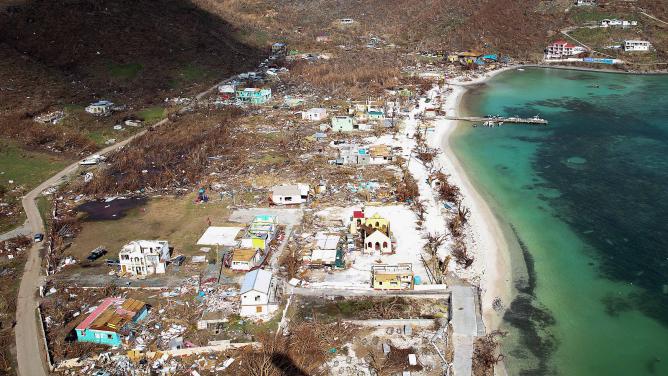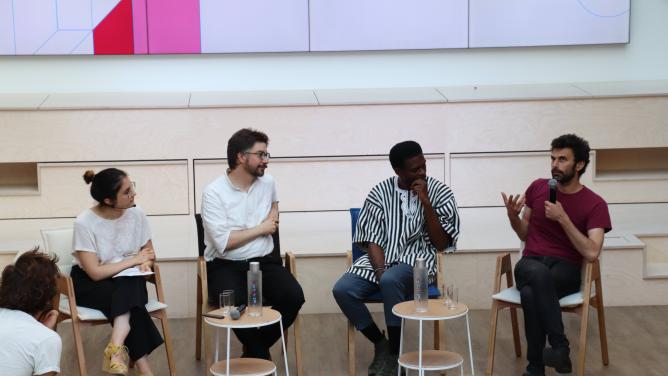
World Cups, World Fairs, Olympic Games. These huge events represent major investments for host cities and counties. The Olympic Games have an average cost overrun of 167%[1], and the benefits of such an event still remain difficult to estimate (even for the most successful)! Even though cities continue to apply to host the Games, they’re becoming increasingly reluctant and are always looking for new ways to reduce the final bill. Amongst them, the idea for temporary venues is making headway, giving construction industry professionals a heads-up that pop-up infrastructure is in town.
The ephemeral and the ruins
Around half the cost of hosting the Olympics goes into infrastructure. The 2024 Games in Paris estimates its costs at €3.3 billion, a relatively modest amount in comparison to its predecessors. However, once the games are over and the money is spent, facilities often go un-used, as witnessed by the abandoned sites in Athens and Beijing. To avoid multiple venues lying to waste, cities are turning to temporary structures that can be dismantled. The latest example to date being the Olympic Stadium in Pyeongchang, which will be dismantled after only being used four times, two of those being for the opening and closing ceremonies. It’s a costly operation, but much more logical than having a 35,000-seater stadium in a city with a population of 45,000!
Still an emerging practice
In practice, it’s nothing new. But there’s still so much to explore construction-wise when it comes to pop-up infrastructure. In 2015 in Milan, the architect’s office XTU caused a sensation with their laminated wood pavilion that could be disassembled and reassembled. The Basketball Arena created by Wilkinson Eyre for the 2012 London Olympics, was equally designed to be “recycled”. Such beautiful feats of work that collide with a cruel logistical and financial reality: the 1,000 tons of steel that went into making the stadium didn’t find itself a home, and was put up for sale in 2013. As for the French pavilion at Milan, its fate is yet to be sealed. After several years in storage and a few leads to possible reassembling, it might find a second life at Tremblay-en-France in 2020. Numerous projects that can, in theory, be dismantled or reversed often end up staying in place. The best example being the Eiffel Tower, and the worst… Montreal’s Olympic Stadium. Otherwise known as The Big O, it still costs the community $32 million a year in maintenance expenses. To reach satisfactory efficiency levels, pop-up infrastructure requires a real cultural change, as explained by Quartz, “For an architect, building something designed to be destroyed is a tough approach to truly accept.” If past experiences have enjoyed relative fortunes, one major project might just change all that: Ras Abu Aboud. It’s the modular stadium built from shipping containers that’s going to host matches at the next World Cup in Qatar. It can be deconstructed and reassembled on another site, turning it into multiple smaller sporting venues. Watch this space!
[1] https://www.telegraph.co.uk/news/2017/02/19/race-hold-olympics-dwindles-cities-count-cost-games/


